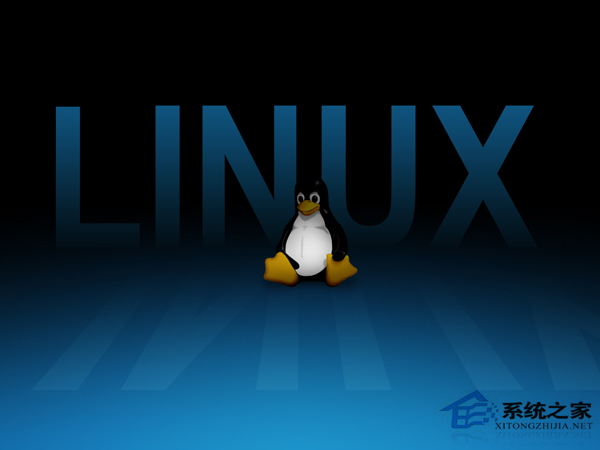使用Linux系統的服務器都有搭建完整的PHP環境,因此有些用戶會用PHP去寫一些執行自動化任務的腳本,可是發現每次執行PHP腳本都需要使用php myscript.php的方式,感覺有點麻煩。其實我們是可以直接執行PHP腳本文件的,但是具體該怎麼操作呢?下面小編就給大家介紹下Unix/Linux中如何直接執行PHP腳本文件。

編寫你的腳本文件
這裡我們編寫一個名字為 test_run.php 的文件,文件的內容如下:
Here is some plain text.
Here is the file name:
《?php
echo $argv[0], PHP_EOL;
?》
腳本內容很簡單,就是把當前腳本文件的名稱打印出來。
然後,我們使用 PHP 命令執行一下這個腳本:
yuanyu@ymac:phpworkspace $ php test_run.php hello
Here is some plain text.
Here is the file name:
test_run.php
yuanyu@ymac:phpworkspace $
給腳本文件增加頭信息,並且設置權限
然後,在這個文件的第一行寫上 php 命令的全路徑,前面是一個 #!:
#!/usr/bin/php
Here is some plain text.
Here is the file name:
《?php
echo $argv[0], PHP_EOL;
?》
然後給這個文件賦予可執行的權限:
yuanyu@ymac:phpworkspace $ chmod u+x 。/test_run.php
接下來就可以直接執行這個腳本了:
yuanyu@ymac:phpworkspace $ 。/test_run.php
Here is some plain text.
Here is the file name:
。/test_run.php
yuanyu@ymac:phpworkspace $
這種方式在 PHP 官方文檔中也是有說的,請參考:
http://php.net/manual/en/features.commandline.usage.php
文檔中的
“Example #2 Script intended to be run from command line (script.php)”
以上就是Unix/Linux中直接執行PHP腳本文件的操作方法,不熟悉的用戶可以參照上面介紹的具體步驟來操作。